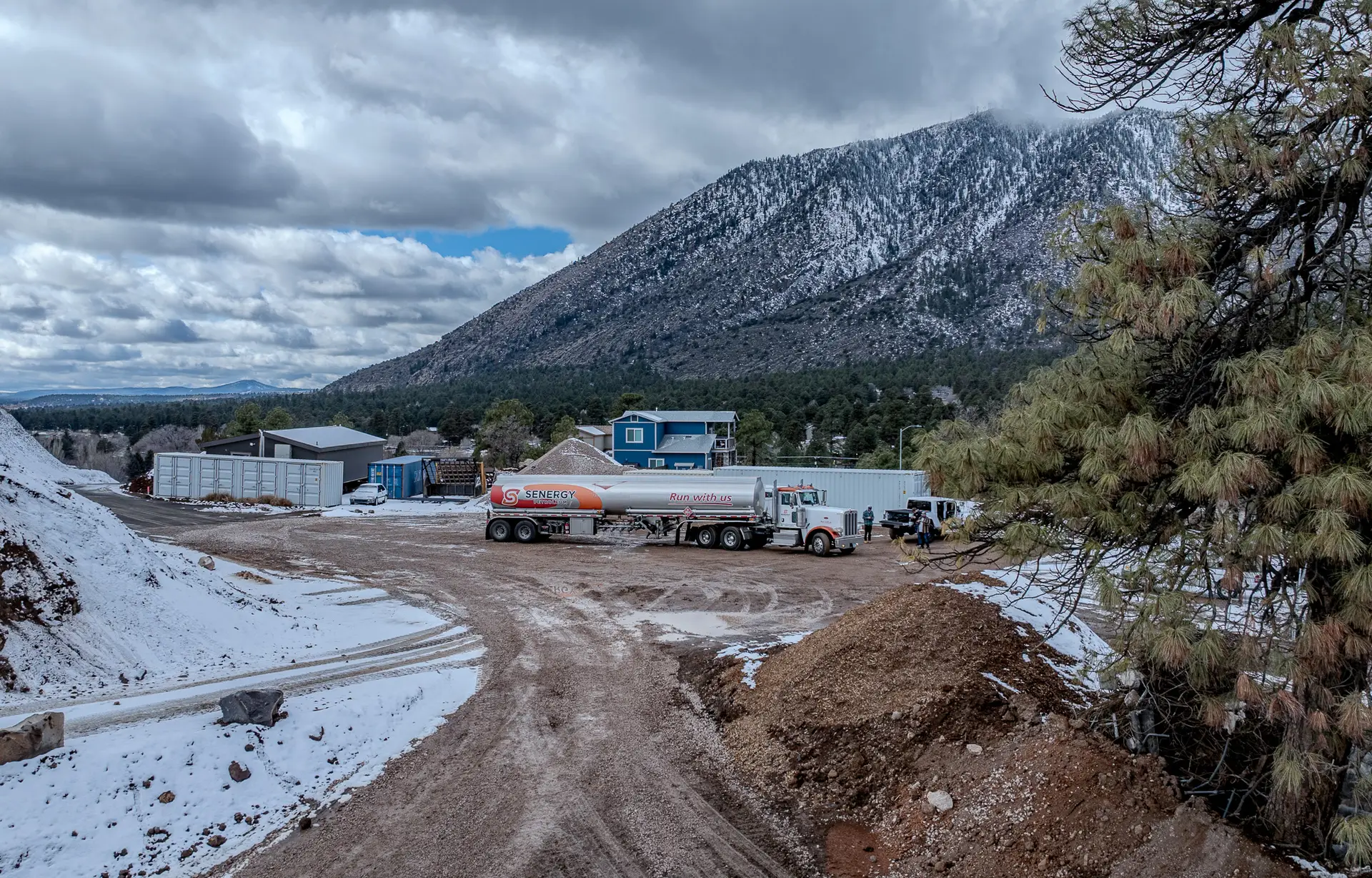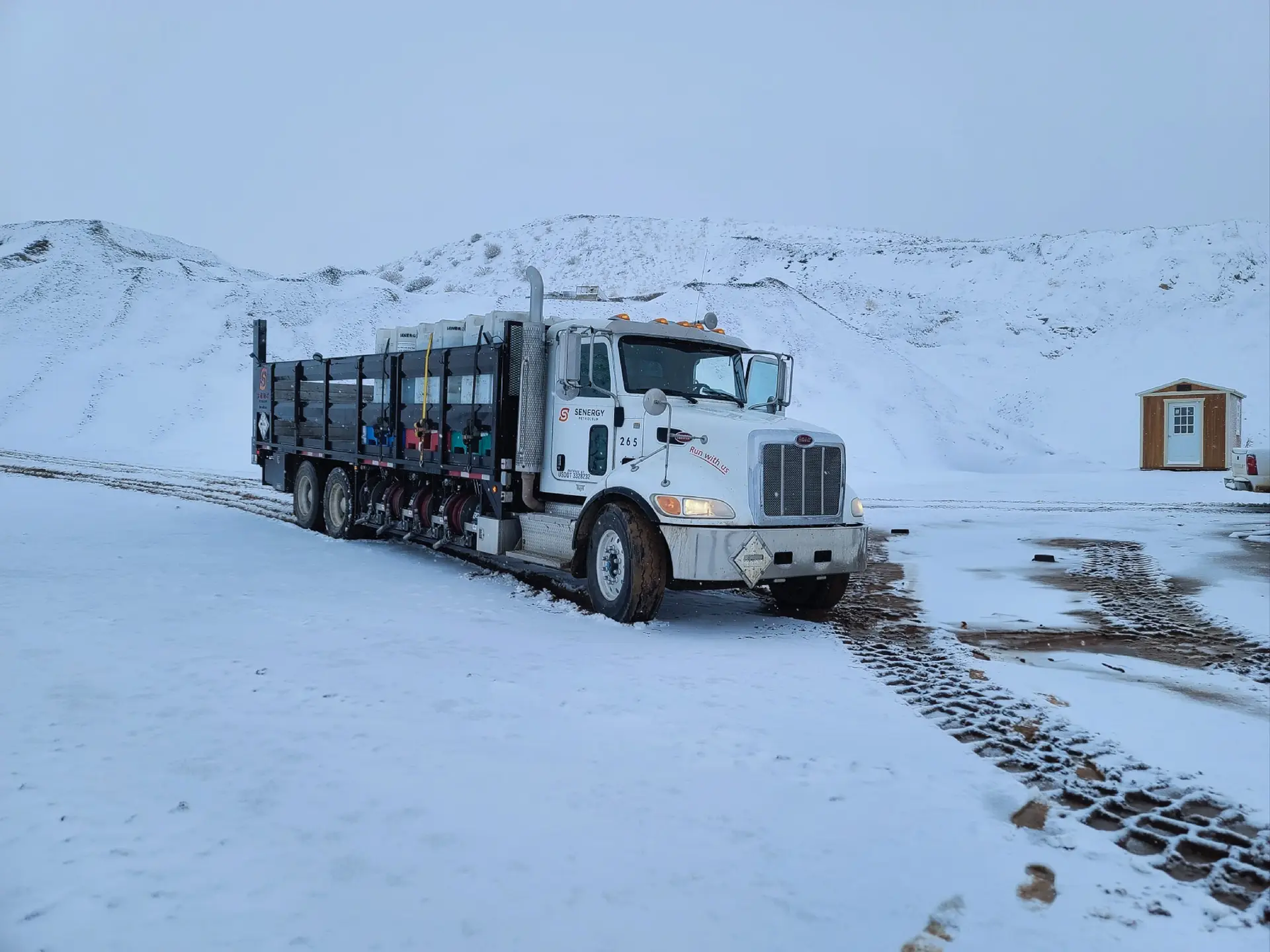Antifreeze plays a vital role in keeping your engine running smoothly. It regulates engine temperature and protects against corrosion, preventing freezing in cold weather and overheating in heat. Antifreeze also shields internal engine parts from rust and scale buildup.
These functions help maintain fuel efficiency, extend engine life, and reduce costly repairs. But antifreeze formulas vary widely depending on engine type, vehicle age, and manufacturer specs. Because of these differences, choosing the right antifreeze isn’t as simple as grabbing any bottle from the shelf.
Modern engines require specific antifreeze types, and using the wrong antifreeze can harm performance, cause parts to fail, or even void your warranty. Knowing what your engine needs ensures it runs reliably for the long haul.





